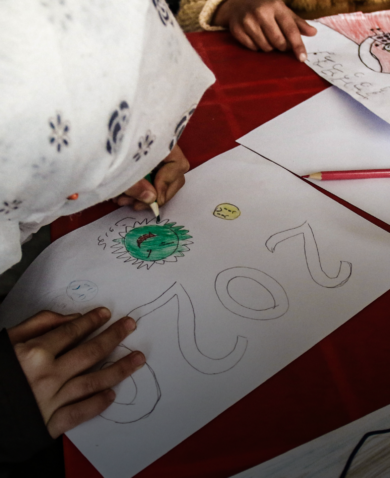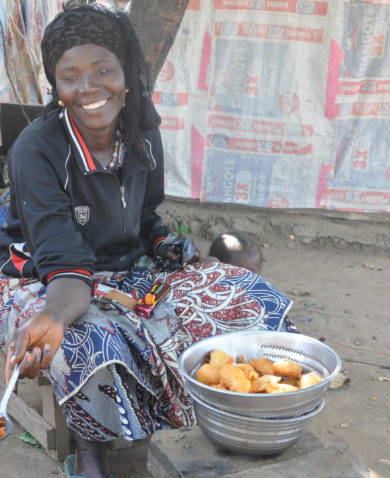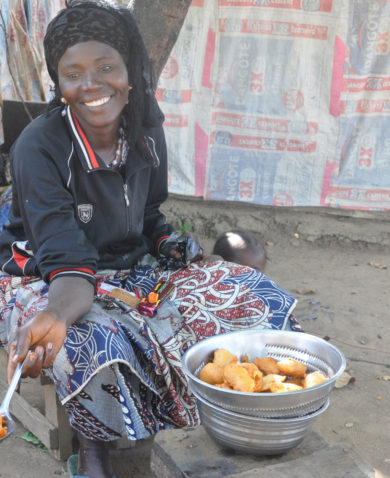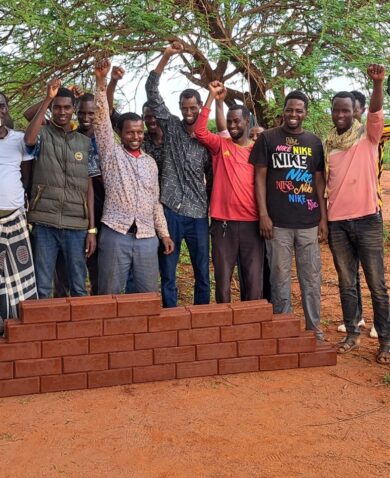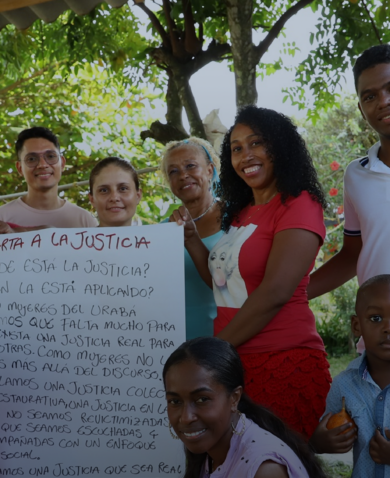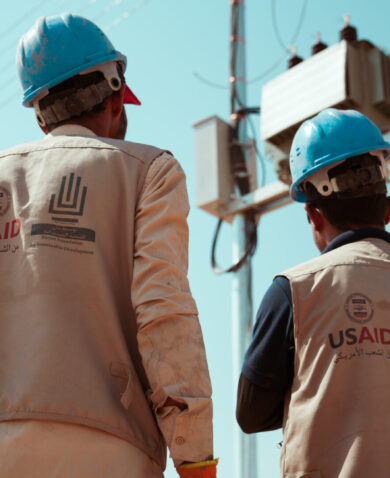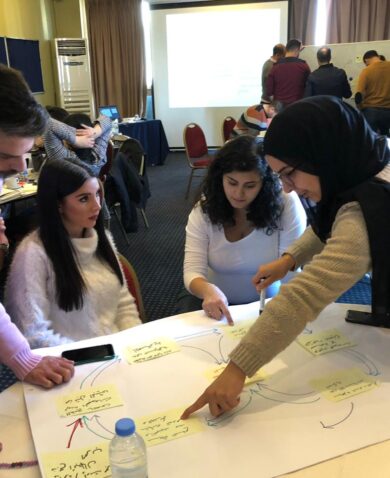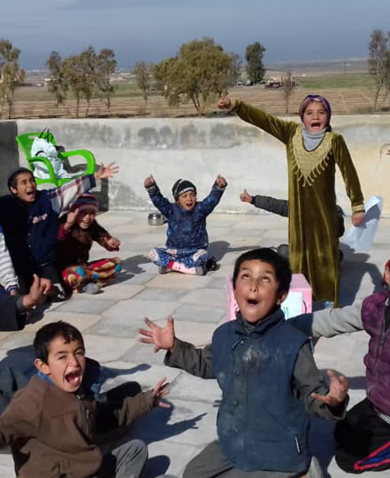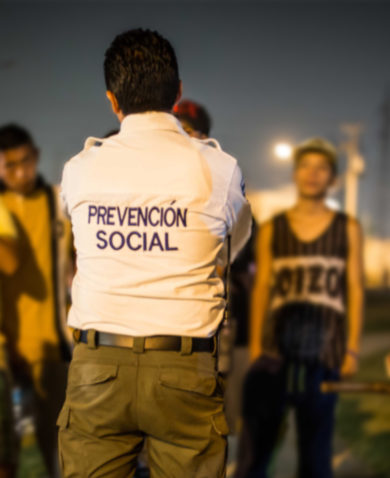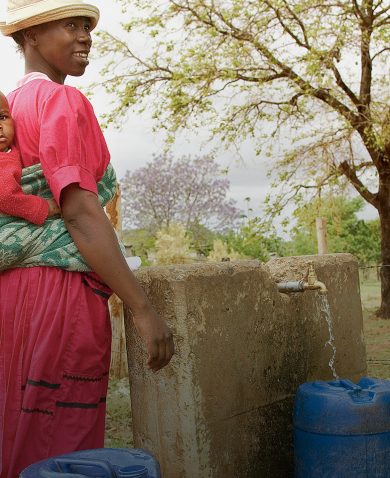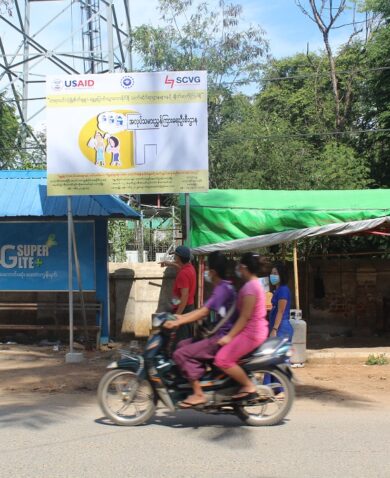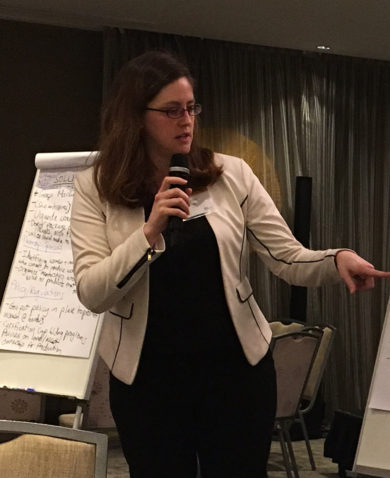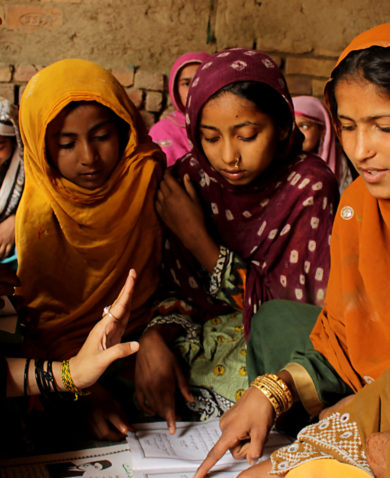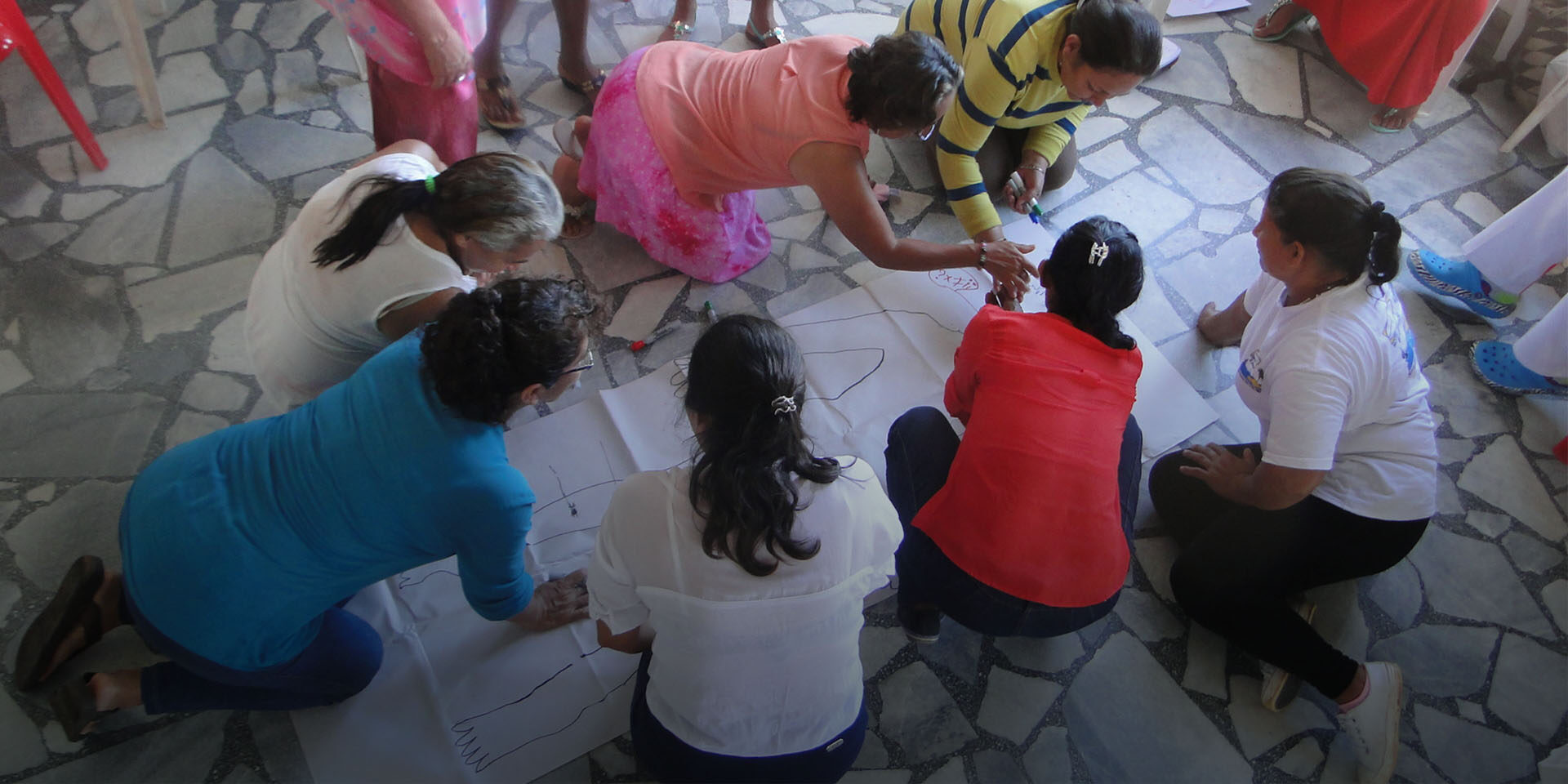
Trauma-Informed Approaches to Development
October 15, 2020 | 4 Minute ReadDevelopment practitioners must consider how trauma affects the communities in which they work when designing and implementing programs. Chemonics shares a new resource that offers key principles and practical steps that development projects can use to ensure activities are trauma-sensitive at all stages of implementation.
When many people think of the concept of trauma, they imagine a specific and singular event that causes overwhelming stress for the person affected. In reality, trauma can be understood as an experience, a series of events, or set of circumstances that can have lasting and adverse effects on individual and community physical, social, and emotional wellbeing. Over the past decade, this expanding awareness of trauma has motivated some international development practitioners to look more closely at the impact of trauma across a variety of sectors. The results are clear: trauma directly impacts the effectiveness of international development programming. Clinical studies have shown, for example, that hypervigilance — or extreme sensitivity to one’s environment — in children can prevent them from using the parts of their brain required to learn how to read, and ongoing traumatic stress can cause significant chronic health issues like heart disease, diabetes, and autoimmune disorders.
To help projects more thoughtfully address trauma in their project design and implementation across all sectors, Chemonics has developed a Trauma-Informed Approaches (TIA) Development Checklist. The TIA Checklist offers foundational principles to a trauma-aware development approach and outlines practical steps projects can take to ensure their programming is trauma-sensitive at all stages of implementation. Pulling from a variety of academic literature, Chemonics’ mental health experts, and lessons learned from our ongoing projects using trauma-informed approaches, the checklist provides a framework for development practitioners to (1) account for the operating context, particularly those contexts with adverse past or present conditions with potential mental health consequences; (2) understand how its activities, its context, and participating individuals will (or do) interact; and (3) avoid negative impacts and maximize positive impacts for local partners, beneficiaries, and other third parties affected by activities.
Clinical trauma care does not fall within the scope of every development program, and thus it is critical to orient staff to the foundational principles of how to integrate trauma awareness into their work before moving to actionable steps. This checklist outlines six guiding principles, drawn from the Substance Abuse and Mental Health Services Administration’s (SAMHSA) National Center for Trauma-Informed Care, that development programs should consider as critical to a trauma-informed approach: safety; trustworthiness; peer support; collaboration and mutuality; empowerment; and cultural, historical, and gender issues. These grounding themes are incorporated in every aspect of the checklist.
The main portion of our TIA checklist focuses on four key areas of development where projects can integrate trauma-informed approaches: initial assessment; monitoring, evaluation, and learning (MEL); implementation; and staff care. We explore each of these areas below.
Initial Assessment
In the initial assessment phase, projects can complete a Mental Health and Psychosocial Support Services (MHPSS) assessment, or use an assessment already completed by another organization such as the United Nations, to more fully understand the local context surrounding trauma and available support. The initial assessment phase is a critical first step for projects to ensure they are not duplicating work already underway or unintentionally re-traumatizing communities with culturally insensitive approaches.
Monitoring, Evaluation, and Learning
After the initial assessment phase, it is also critical that projects continue to incorporate trauma-informed approaches within their MEL work during the project. Projects should continue to ensure their measure of verification tools, for example, are age-appropriate, gender-sensitive, and relevant to the audience.
Implementation
Under the Implementation category, the checklist encourages projects to consider the value of integrated support systems. Practitioners in any sector that work with trauma-affected communities should create and collaborate with a network of partners focused on challenges that may directly or indirectly affect the program or its participants and stakeholders. Depending on each project’s specific context and previous assessments, this networking could incorporate entities that focus on justice and reconciliation (an integrated system that can help address conflict-related trauma) or on inclusive livelihoods opportunities (an integrated system that can help address poverty-related trauma). In researching ongoing trauma-informed work, Chemonics found this to be a critical aspect to ensuring implementation was sustainable and locally specific.
For example, the Colombia Human Rights Activity (HRA) has found great success in partnering with existing local civil society organizations to provide psychosocial support (PSS) to victims of gender-based violence. Fundación Círculo, for instance, provided PSS to 256 women and individuals in the lesbian, gay, bisexual, and transgender community who had endured sexual violence by creating psychologist-led peer support groups. Though HRA’s overall programmatic objectives are to respond to human rights violations through strategic litigation support, HRA found that they could not achieve these results without supporting existing local trauma support networks. The individual trauma associated with gender-based violence cannot be singularly resolved within the walls of a courtroom, and communities need psychosocial support in addition to legal and policy reform to heal and stabilize. This is a critical step for other projects, across development sectors, to consider when working towards trauma-informed approaches.
Staff Care
Trauma-informed approaches to development can also be vital for project staff care and support. Without proper training and support, employees can experience burnout, compassion fatigue, or even vicarious or second-hand trauma. Vicarious trauma or, ‘secondary trauma’ refers to trauma-related stress reactions and symptoms resulting from exposure to another individual’s traumatic experiences, rather than from exposure directly to a traumatic event. As informed by ongoing work, a trauma-informed approach must emphasize helping staff develop and maintain the same health and wellness skills that the program aims to build in those receiving its services. This is particularly critical in 2020, when COVID-19 has introduced stressors such as anxiety, uncertainty, isolation, sadness, and grief that could compromise the ability of staff to perform their daily routines or normal tasks. The Iraq Social Cohesion Program found this to be a central element of its ability to achieve development objectives. The program designed and conducted a trauma-sensitivity training for staff, partners, and enumerators from the local community, focusing on the prevalence of trauma and how program staff could engage with communities in ways that avoided or mitigated re-traumatization. These staff, partners, and enumerators then applied the training to co-design participatory research and key informant interviews with local communities about conflict in a trauma-sensitive way. For projects in challenging operating environments, the staff section of the TIA Checklist offers key steps on how to better support their own employees.
In our increasingly tumultuous global environment, regardless of sector or country, trauma will continue to affect the lives of individuals and communities where international development takes place. Without recognizing and engaging the reality of trauma in the communities where we work, implementing partners can risk failing to effectively facilitate development progress. The TIA Checklist offers tangible ideas, grounded in real-world experience, to help projects strengthen their response to the reality of trauma.
Photo caption: Women from the organization Asociacion de Mujeres Semilla y Paz (AMUSEPAZ) participate in a mapping exercise during a workshop on human rights, gender-based violence, peace, and reconciliation in Colombia.
Posts on the blog represent the views of the authors and do not necessarily represent the views of Chemonics.


